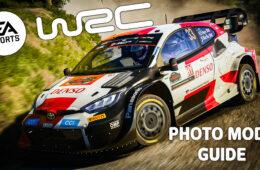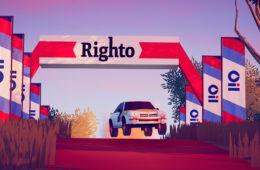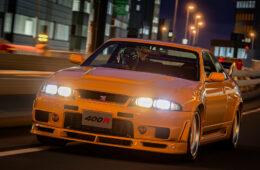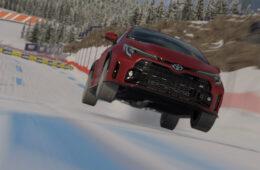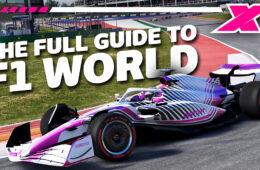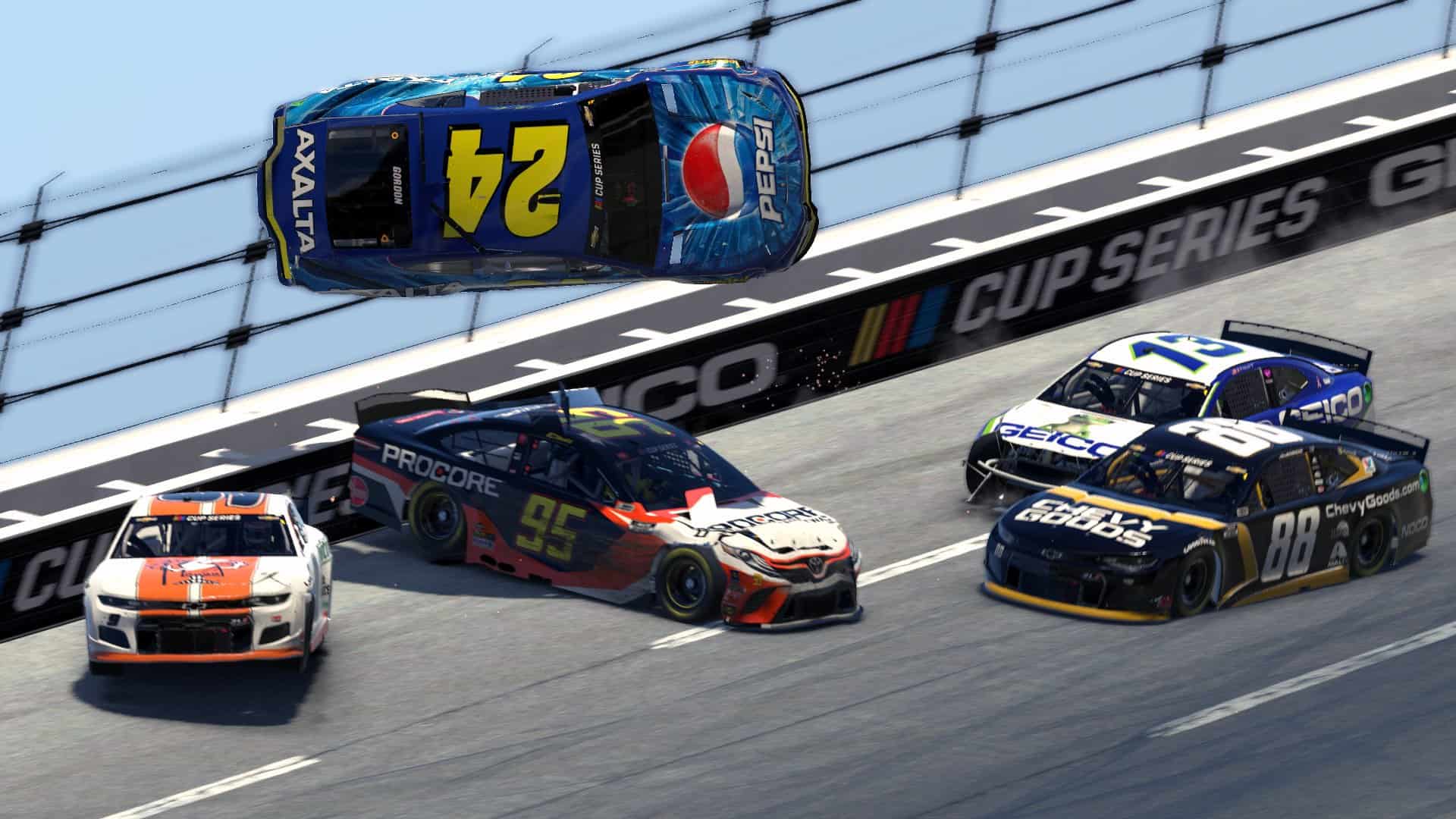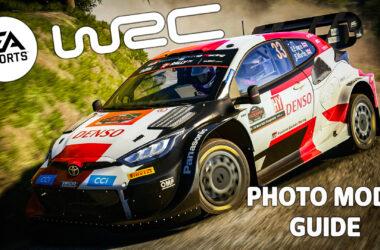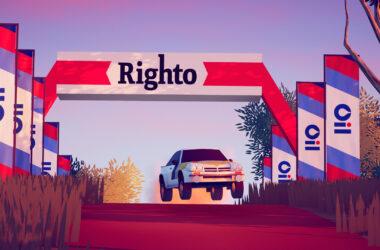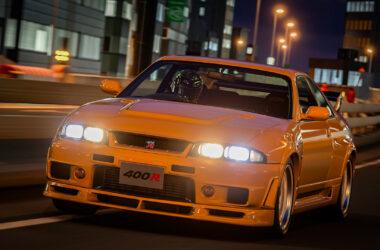The eNASCAR Pro Invitational iRacing Series was a welcome sight at the beginning of the COVID-19 pandemic. Among other live sports and entertainment, real racing became indefinitely suspended. Many were trying to figure out ways to keep occupied as the world tried to work out a way to eradicate the novel coronavirus.
As things start to turn back to normal, just as recently as last month when NASCAR welcomed full attendance and access to the inaugural Nashville Superspeedway race weekend, the need for a virtual counterpart to fill the void is less necessary today. The want for it may still be there, but the novelty has worn off.
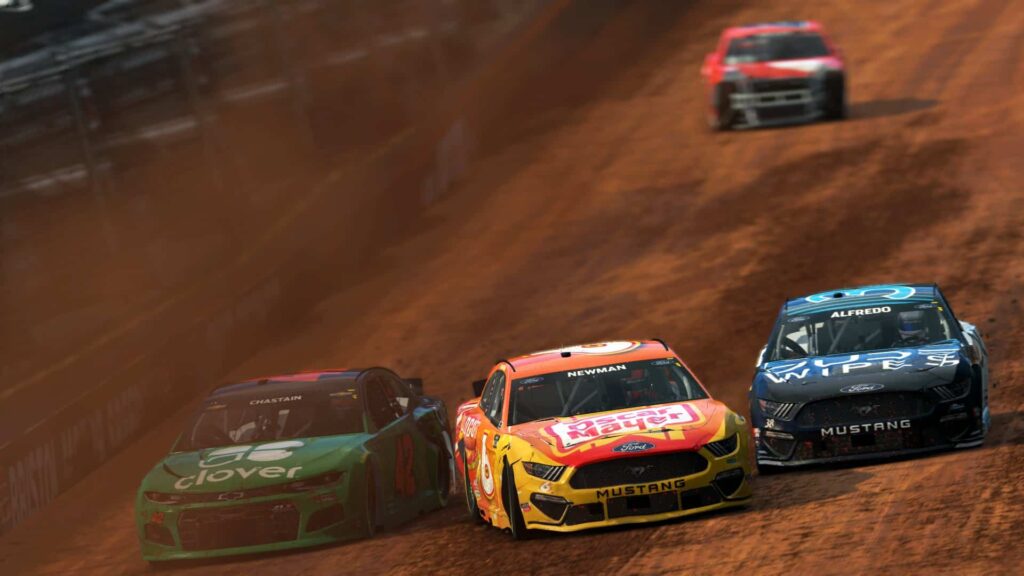
Sure, NASCAR fans still don’t have full race weekends to look forward to every weekend just yet, are they are limited through the rest of 2021. Practice and qualifying should return in some capacity with the NASCAR NEXT Gen debut in 2022.
What’s cool about the NASCAR NEXT Gen is that it has already seen competition, albeit virtually, as it’s been scanned and prepped for use on iRacing. Circle back to the eNASCAR Pro Invitational Series. The last race of the 2021 Pro Invitational utilized that future car on a future track.
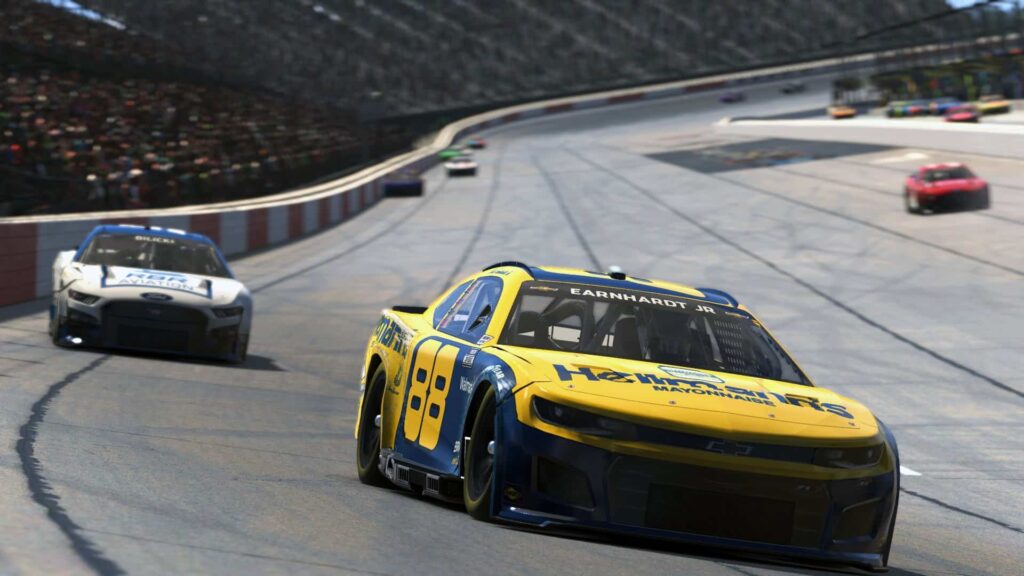
In general, the concept of the Pro Invitational Series was absolutely fantastic. The last race at Chicago should have been a grand slam with the overall concept.
Put the best NASCAR drivers on a track they’ve never driven in real life with a car they’ve never driven in real life. Put it on TV and bring it to the fans who watch the real thing, bridging the gap between sim and reality. With real drivers on the service, there could be no better spokespeople with a fantastic virtual racing product on television.
REBOOT POTENTIAL WASTED
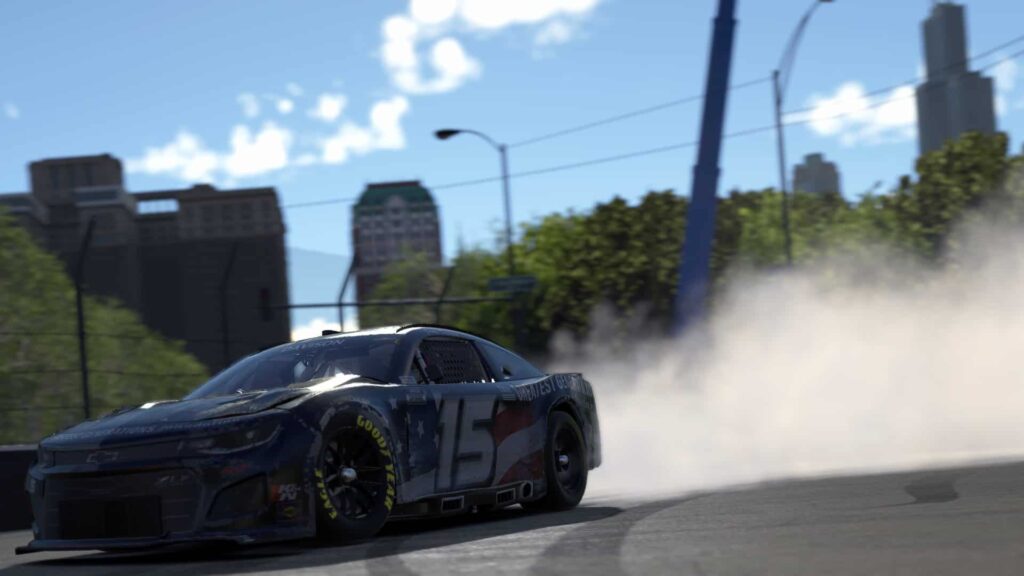
However, the execution of the Pro Invitational Series was absolutely dreadful at times, almost cringe. That last Chicago Street Course race was really tough to watch and cover.
Many of the more popular and successful NASCAR drivers didn’t care. James Davison checked out after a pileup in Turn 1 at Chicago, untouchable for the rest of the night. The drivers had fast repairs, but with iRacing refusing to throw caution flags, what was the point of sticking it out the entirety of 51 laps on something that didn’t matter?
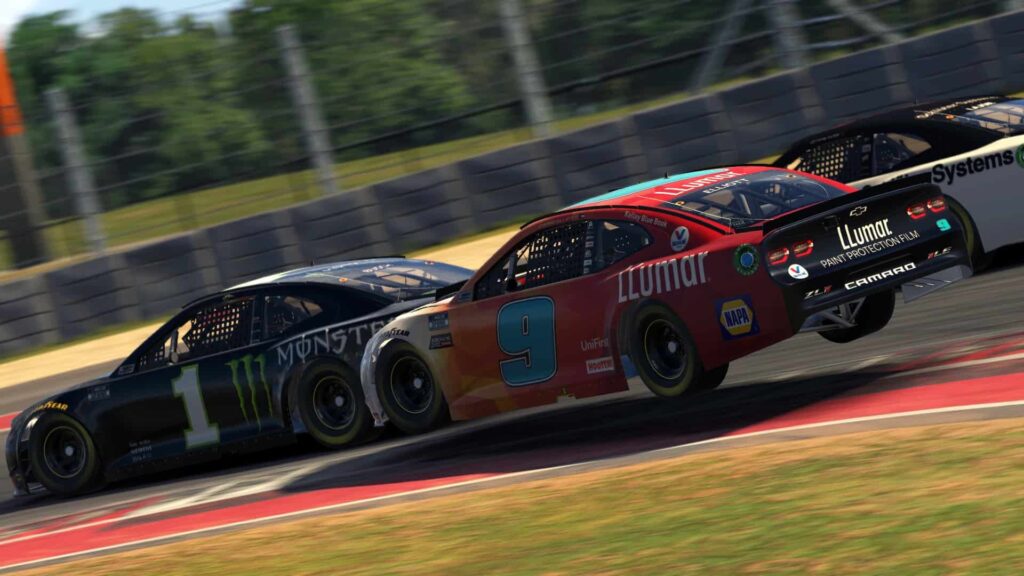
In many races, NASCAR’s most recent champion and most popular driver was out of contention in the opening laps. At the Chicago Street Course, only 50 per cent of the starting field remained by halfway. Only three drivers completed all 51 laps.
Someone that most fans barely knew of smacked around some of the best in the business. The broadcast crew at FOX Sports treated it more like a joke than anything legitimate. It was not a fun ending to what was once and what could have been an enjoyable series.
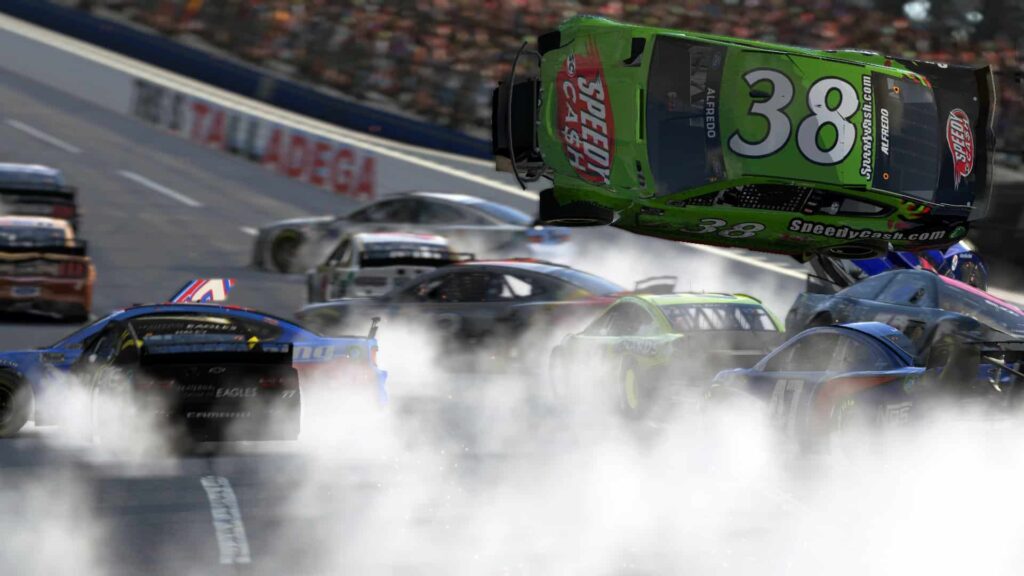
That final race felt a black eye. After raising it up to new heights just over a year ago with the opening race of the series at Homestead-Miami Speedway, it was all torn down after five races in 2021. On paper, the schedule looked stunning, but after its execution, the end product looked absolutely piss poor.
In a way, although I personally would have loved to see what NBC Sports could have done with the series in the second half of the year, it’s more of a blessing to see it curtailed before it got any worse.
WHY THE PRO INVITATIONAL WORKED WELL IN 2020
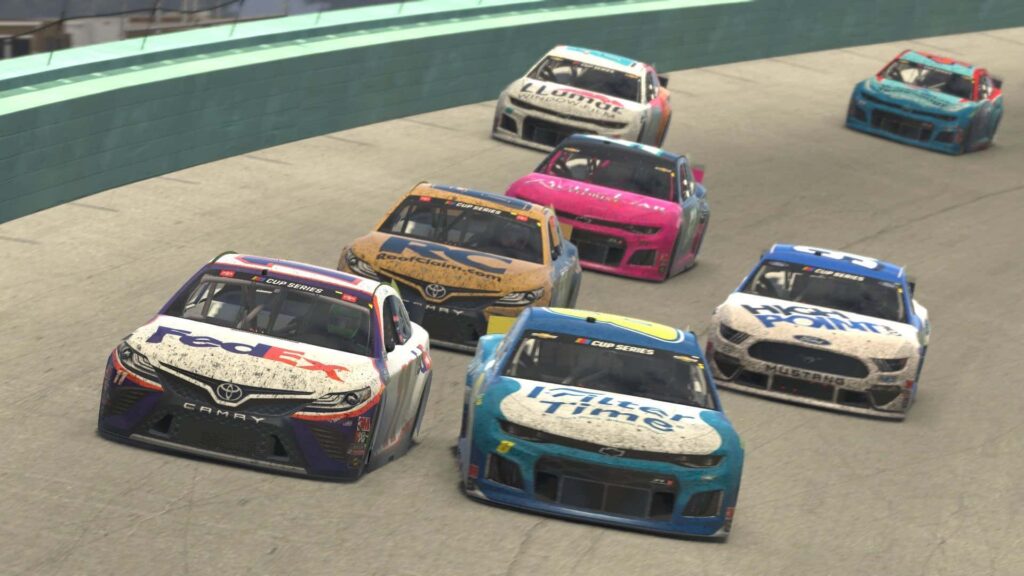
In the beginning, it felt like in the absence of real racing, most of the drivers wanted to do something on Sundays to fill the space. Last year, FOX Sports kept it informative and fresh for viewers who had never considered iRacing before.
The current stars of the sport plus racers from NASCAR’s past, such as Dale Earnhardt Jr and Bobby Labonte, would all actively try and get better at it, to try and put on a better show week after week. It meant something in a time where there was nothing guaranteed week to week.
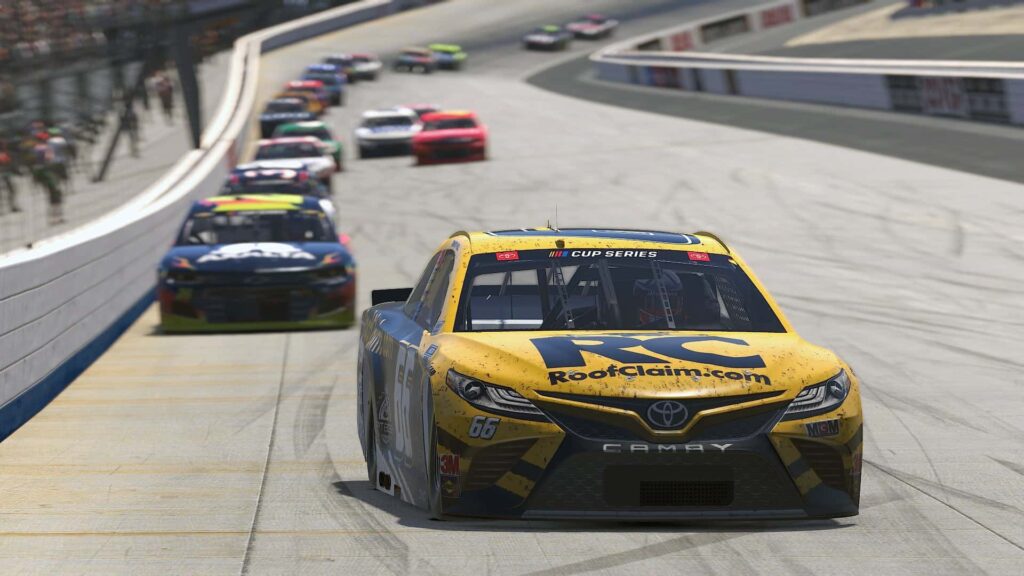
It created a boom for the online racing genre, boosting iRacing specifically to new heights it had never experienced before. For those of us who had been racing on it for a while, it was incredible to see where NASCAR sim racing had all come from to where it led to on cable television.
The Pro Invitational Series wasn’t the first idea to come from the pandemic. Ryan Vargas truly kicked that eNASCAR boom off with a tweet. “I threw the idea out there, kind of as a half-joke,” Vargas said about his eNASCAR Truck Series Night in America events when I spoke to him last year. “I didn’t anticipate it going very far… It just kind of snowballed.”
A PLEASANT SURPRISE
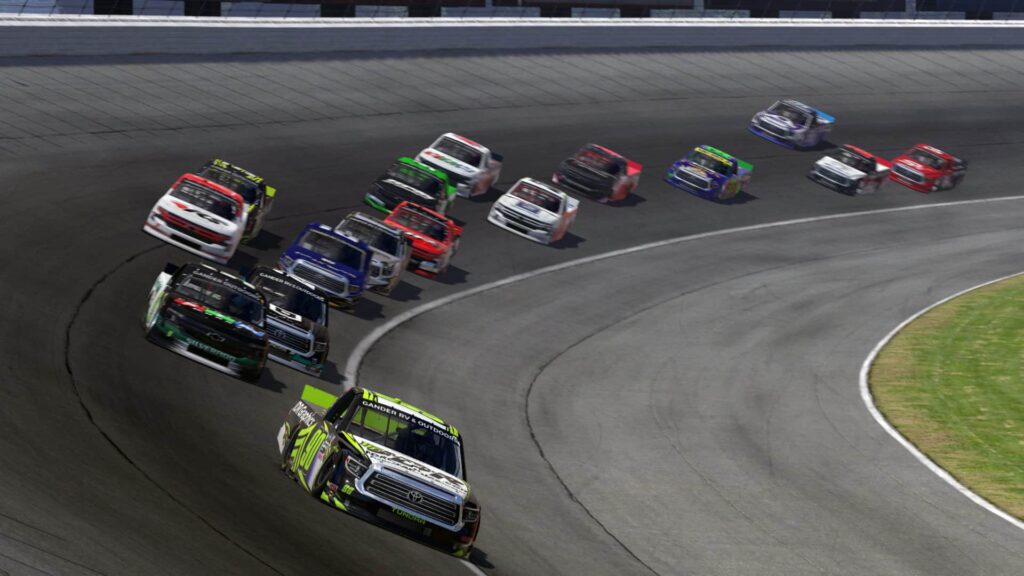
The Replacements 100 race came just before that eTruck race, however, and truly kicked off the craze. The race was thrown together at the last minute by NASCAR spotters TJ Majors and Kevin Hamlin with huge help from Podium Esports and members of the iRacing staff.
That particular race had tens of thousands of viewers, some tuning into their very first Twitch stream. It was the first cancelled race weekend at Atlanta, and many just were happy to see a virtual race with some familiar names in motorsports, ultimately made up of a mixture of drivers and industry members.
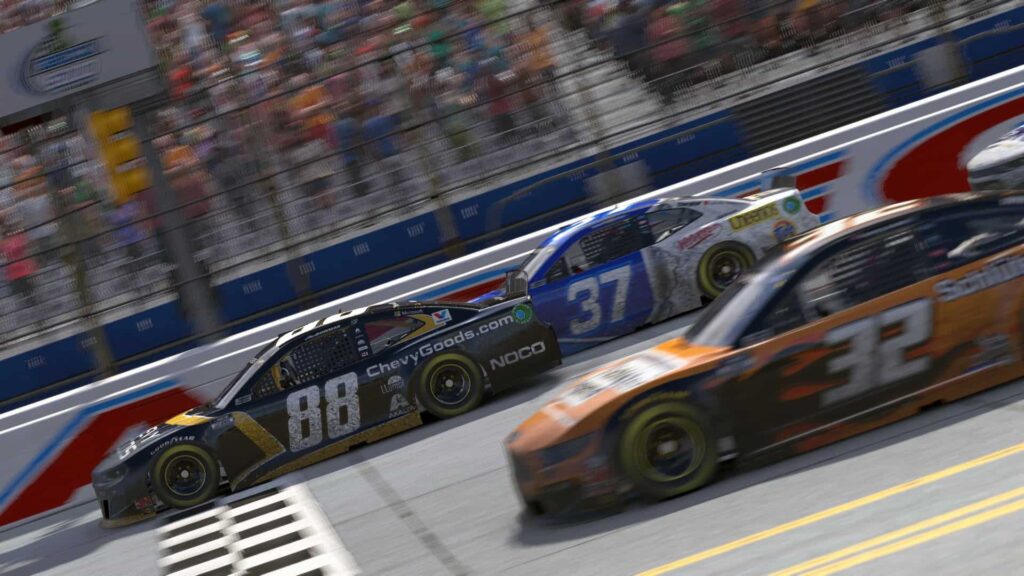
It was an entire industry behind the movement. Drivers and members treated the series as it was intended – a simulation of what could be happening in the real world if there wasn’t a pandemic going on. By the end of the first limited series, there was a lot of momentum, but there was also a lot of drivers antsy to get back to the real thing.
Darlington Raceway was announced as the return to real racing in the middle of May, so the limited virtual series was set to finally end at the beginning of May. The Pro Invitational had completed its glorious purpose. With one race remaining in the series, it was determined that a fantasy race at North Wilkesboro would conclude the series.
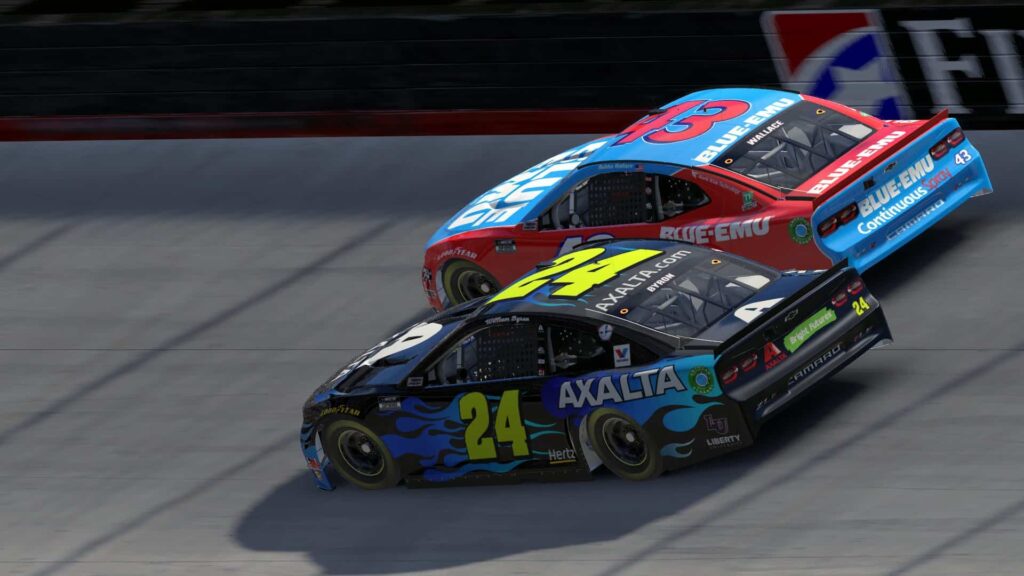
Putting Wilkesboro on the iRacing service was something that Earnhardt Jr personally worked with to make happen. To bring a track back from the dead in a virtual landscape, North Wilkesboro could put a feather in the cap of a fantastic seven-race series that brought sim racing to new heights.
Unfortunately, that final race of the 2020 season at North Wilkesboro was doomed before it began.
WHAT WENT WRONG
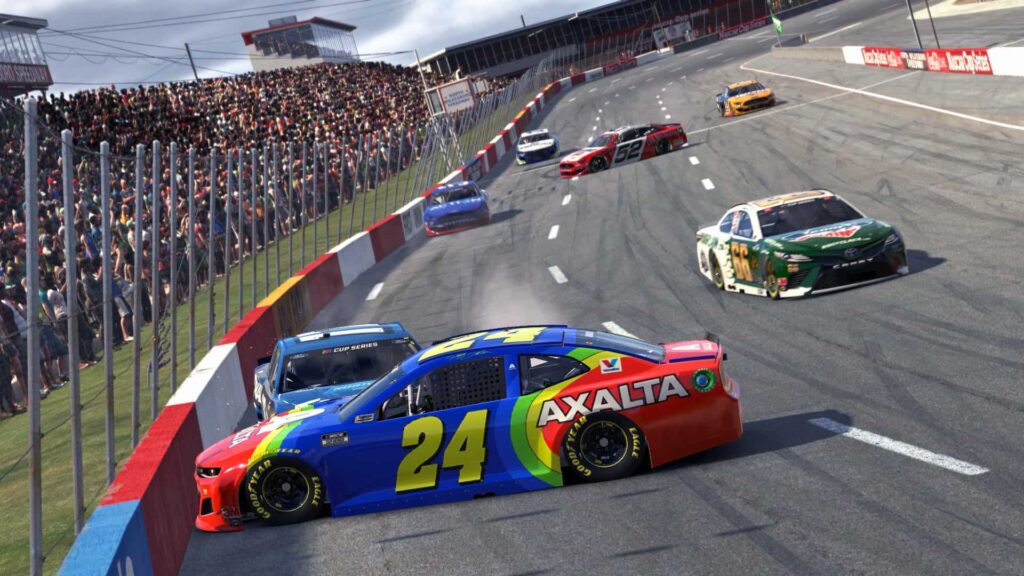
The final 2020 eNASCAR Pro Invitational Series race at North Wilkesboro had some familiar names missing from the lineup. The four-driver Hendrick Motorsports lineup as well as the three drivers for Team Penske had decided that because the fictional track offered no usefulness to the real world product that they wouldn’t enter their drivers in the finale.
William Byron was the dominant driver through the season, but because of his absence in the finale, Timmy Hill wound up scoring the most points at the end of it all. Not to say that Hill wouldn’t have done that anyway with a decent finish in the finale. It was truly a battle of epic proportions week after week with him and Byron in the front of the field.
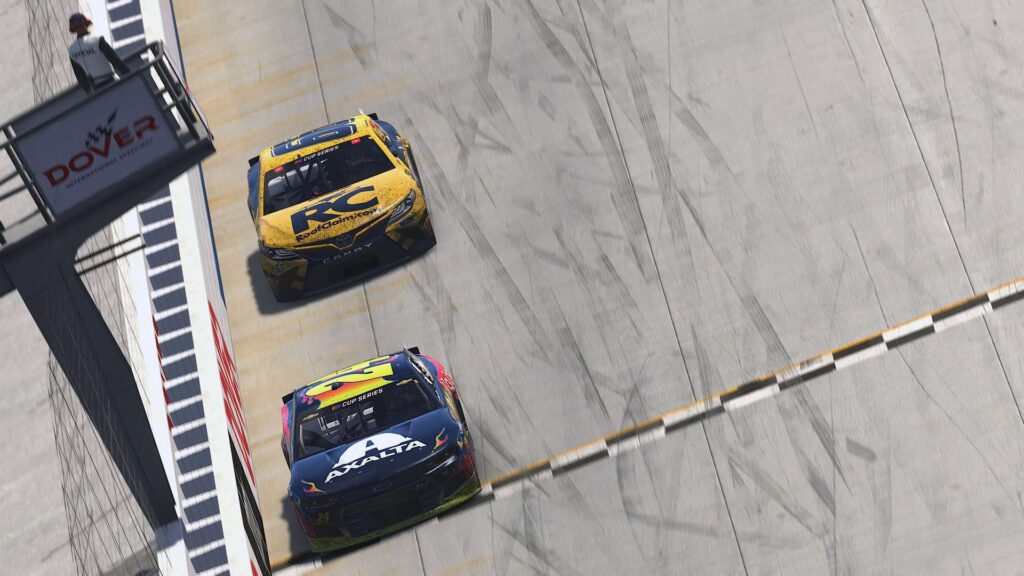
Hill drives for a team that doesn’t own a NASCAR Cup Series Charter and battles for Top 30 finishes weekly in the Cup Series. Not many expected him to be the de facto series champion. The Wilkesboro race itself wasn’t bad, in fact, it was quite entertaining, but with a clear absence of some of the most popular drivers in the series, it was a sad ending to something that was so special at the time.
iRacing kept up some popularity through the remainder of the 2020 NASCAR season after it returned. Monday Night Racing brought the ideals of The Replacements event into a league form with names like Kyle Busch taking part often. The founding of eRacr.gg, with NASCAR drivers Parker Kligerman and Landon Cassill at the helm, brought some big names and hundreds more back into the virtual spotlight for a recreated Firecracker 400 event.
A VIRTUAL BOOMING MARKET

iRacing also stayed fairly relevant with updates to the NASCAR side of the service, plus a compelling eNASCAR Coca-Cola iRacing Series playoff and championship finale kept some of those new and old fans interested through the summer and fall.
With racing back and a full 36-race schedule completed in 2020, nobody really expected another Pro Invitational Series in 2021. Alas, it did return in 2021 with five races scheduled on FOX Sports and five more races to be announced later in the year over on NBC Sports.
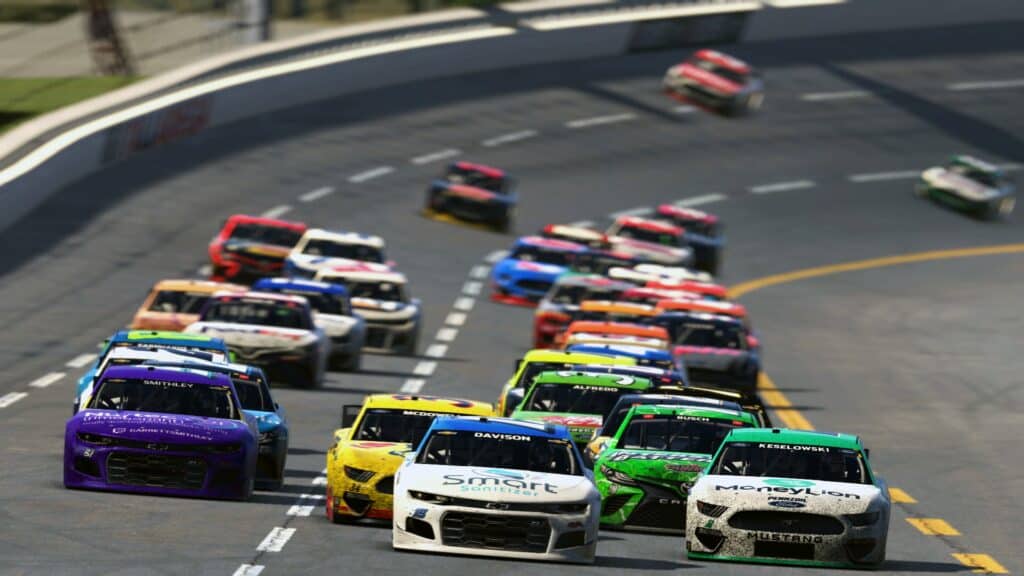
For the FOX side alone, it all looked great on paper. Bristol Dirt joined the Cup schedule for the first time and iRacing had their hands in the development process with a working product to utilize in sim. Talladega put on a great show last season, so with a more realistic drafting model, it sounded like it could be even better this time around.
Sadly, the Bristol and Talladega events were tough to watch. Both races became struggles for track position with overdriving leading to chaos. Racing for position was limited, as being upfront meant more than being able to drive at a high level.
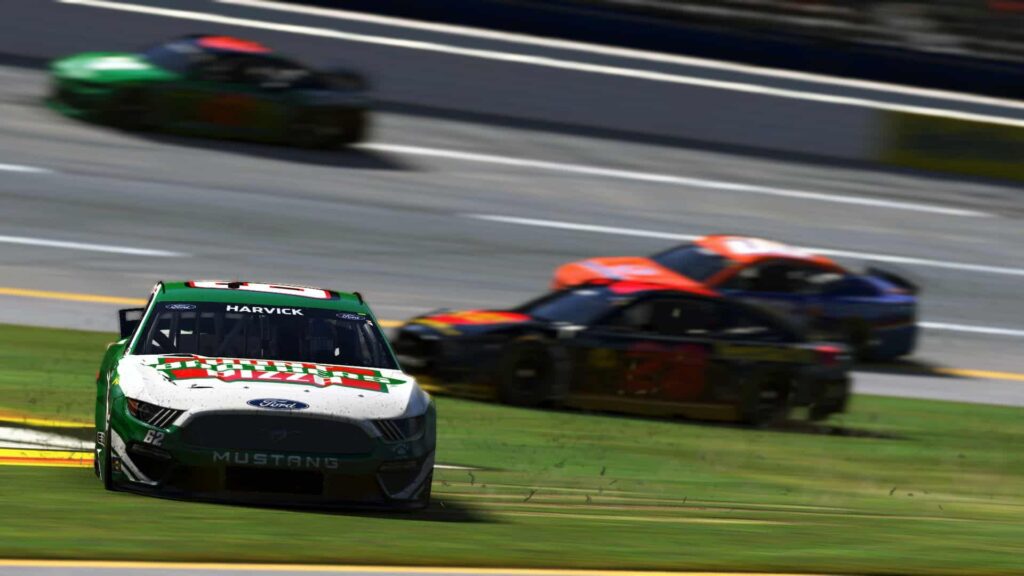
Darlington looked to be the lamest part of the schedule, but iRacing and NASCAR surprised everyone with the announcement of the NASCAR NEXT Gen cars. It turned out to be the best of the season just from the unknown and calamitous nature.
Circuit of the Americas was up after that. Objectively, that could have been great, but when one driver dominates and the rest struggle, it just looks more like a joke than anything. The same concept applies to Chicago. Could have, would have, should have, but didn’t.
WHAT COULD HAVE BEEN
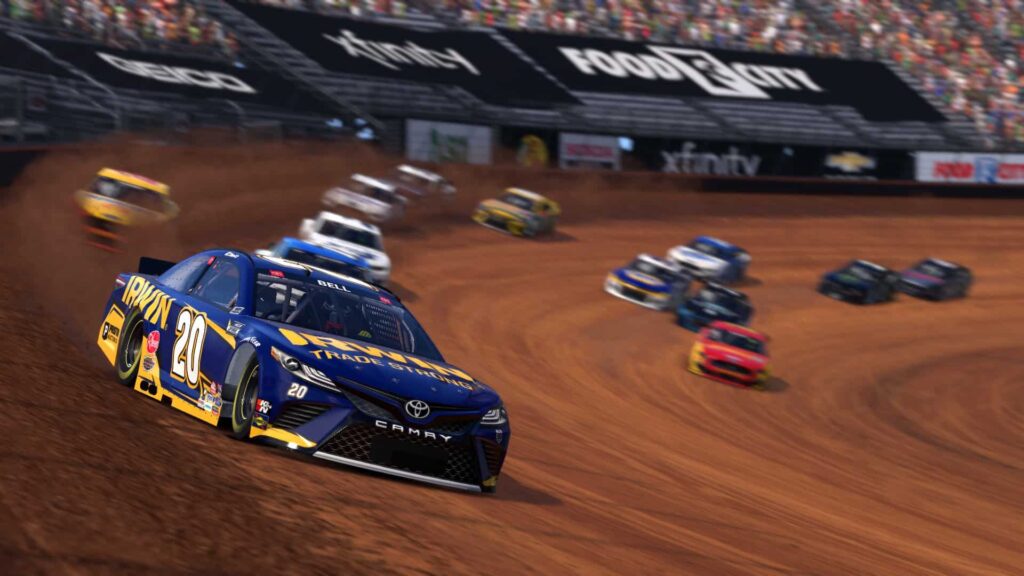
If there was any schedule that could have been for 2021, in a season that didn’t need a Pro Invitational, they really did nail that part of it. The combination of broadcasts that didn’t take themselves seriously and drivers that didn’t want to be there made a mess of the whole thing.
Before Darlington, we spoke to the eventual winner of the virtual race, Erik Jones. Nobody had him circled to win the race, but in his wreck avoidance and fresher tires at the end of the event, he managed to get around the chaos for the win.
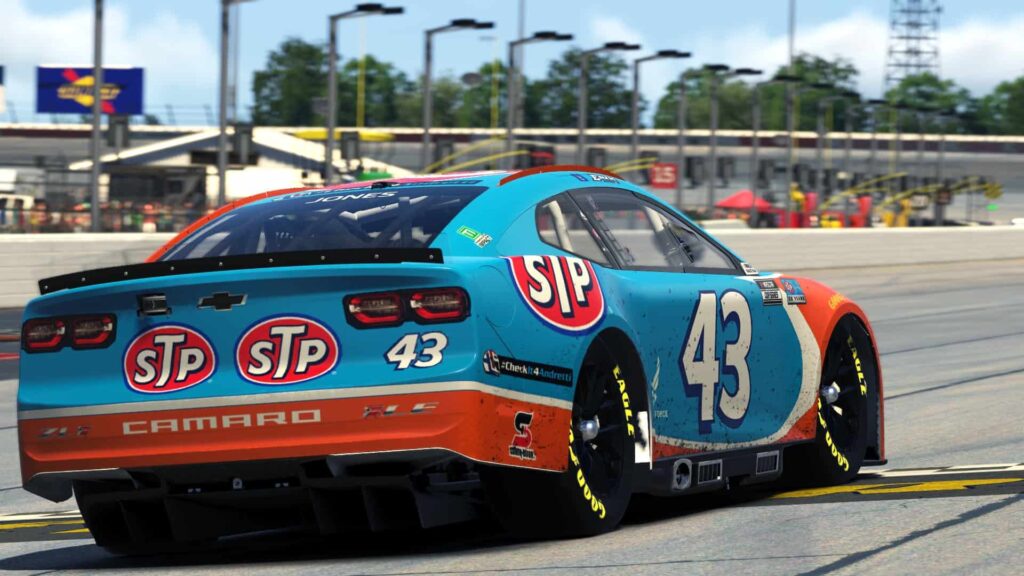
One of my takeaways in talking with Jones was that his opinion seemed to take a back burner to the opinion of the sanctioning body. “I think overall, it’s worked out pretty well for NASCAR,” Jones said.
Jones didn’t outright say or even inference that he didn’t want to be there, but it seemed clear to me that if it was enjoyable to fans, he was down for being a part of it. “It’s a little bit different now that we’re back racing on the track, so we can’t quite do it as much,” Jones said. “I think we still get some great ratings, and the fans seem to enjoy it. If that’s what they want, and that’s what they like, I don’t see any reason why we stop doing it.”
ENDED UP A CHORE FOR DRIVERS
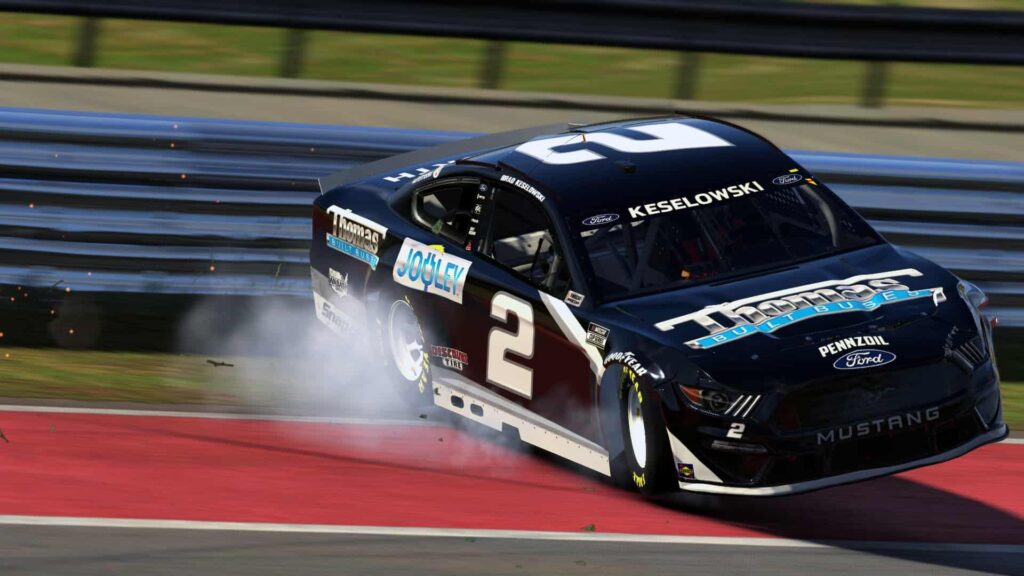
Some drivers openly campaigned to be wrecked out early at COTA. Some road course aces quit the virtual road races after less than five laps. If the stars don’t want to be there or give it a fair shake, fans will tune out. Ratings will drop. The series will look more like a sham.
I really enjoyed what the eNASCAR Pro Invitational Series was and what it could have been. I really despised what it did negatively for the sim racing community.
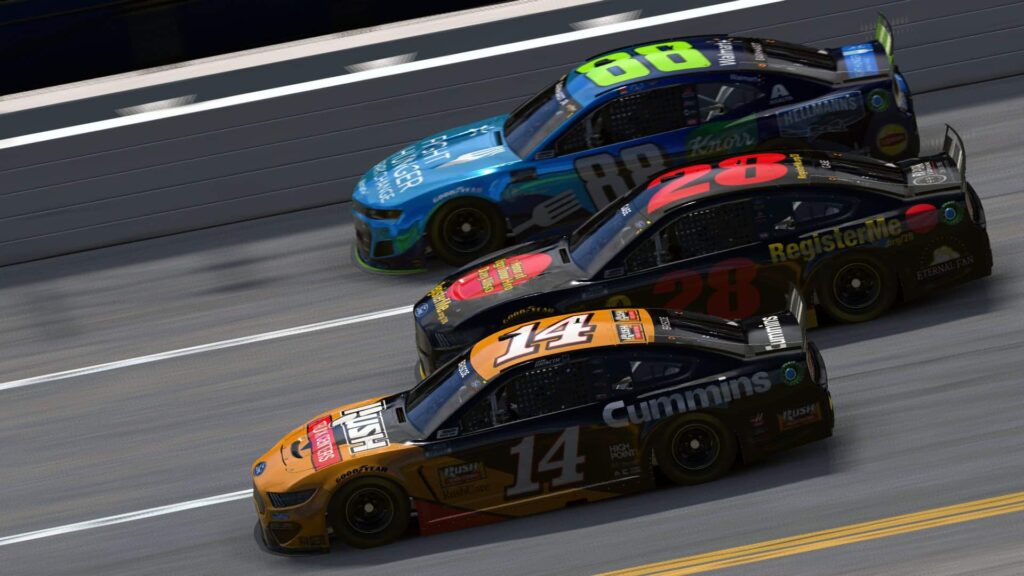
Things as simple as cautions on road courses could have saved the final two races. Last-minute changes to Bristol Dirt and Talladega before the events somewhat hindered the possibilities that could have been. If drivers would have brought a better attitude to the race nights, it might have given fans something worth watching.
The eNASCAR Pro Invitational Series could have been such a big thing for the future of sim racing. Not to say it didn’t help grow it initially, but it definitely hasn’t helped the look of it as of late.

